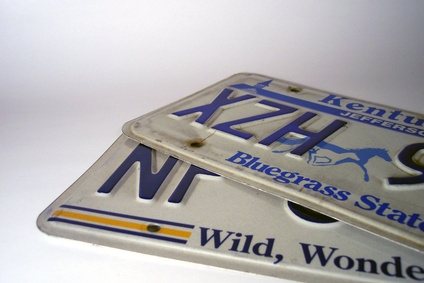
License Plate Recognition (LPR) technology uses image processing to identify vehicle license plates. The technology is rapid and able to identify and record a license plate number under most ordinary driving conditions, including when a car is moving at high speed and at night. It offers advantages in law enforcement, security and vehicle access.
License plate recognition technology is an advantage in several areas of traffic enforcement. For example, a license plate recognition device can be put at an intersection and record the license plate of a car that runs a red light. A citation can then be sent to the registered owner of the car. Similarly, an LPR device can be placed in an area where speeding is a common problem, and record the infraction for follow-through with a citation.
License plate recognition technology has several applications in areas of law enforcement. An LPR device can be mounted on a patrol car to record plates of passing cars. This information can then be compared with the law enforcement data base for vehicles associated with a crime. This is useful in Amber alerts, finding stolen vehicles and executing felony warrants.
An LPR system is also useful for vehicle access. On toll roads, these systems can be used to allow cars to pass through toll gates without stopping. The LPR records the plate of the car and associates the number with the registered owner. The bill can then be sent by mail. This technology also can be used in secure, gated locations. When a vehicle recorded in a database approaches a security gate, the system recognizes the license plate, and the gate opens automatically. This allows the driver to pass without interruption and eliminates the possibility of an entrance code being stolen.